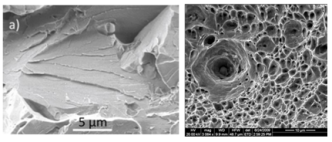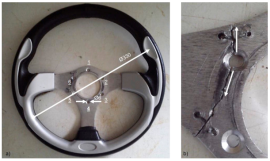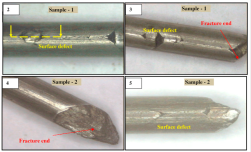 A paper published on « Case Studies in Ingineering Failure Analysis », on april 2014.
A paper published on « Case Studies in Ingineering Failure Analysis », on april 2014.
This paper investigated the brittle fracture mechanism of a grade E cast steel knuckle that is one of the key components of the coupler for railway wagon. The fracture morphology mainly shows the characteristic of cleavage, quasi-cleavage fracture as well as a little ductile fracture, so the failure of the knuckle can be attributed to brittle fracture distinctly. Moreover, a welding repair area with high hardness is also found in the fracture region, which might initiate micro-cracks on the surface of the knuckle. As a result, it can be inferred that under an impact load that did not exceed material fracture limit, the micro-cracks initiated from weld repair zone propagated rapidly into the inner matrix by continuously fracturing the dendrites along shrinkage porosity regions until the knuckle failed instantly.

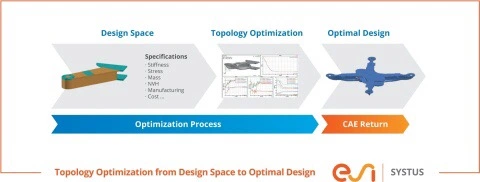

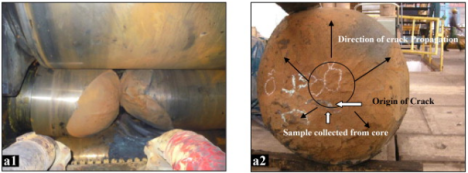
 A new article available online 10 November 2015 in « Case Studies in Engineering Failure Analysis ».
A new article available online 10 November 2015 in « Case Studies in Engineering Failure Analysis ».

